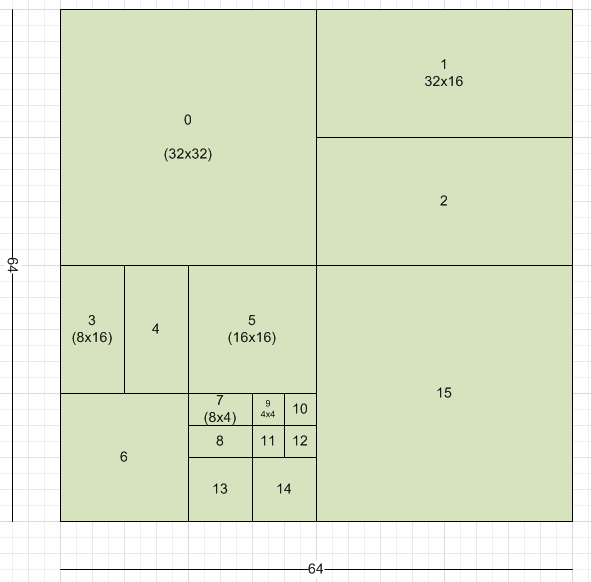VP9 improvements over VP8
Posted By : Oodles Admin | 28-Mar-2016
VP9 improvements over VP8

With the popularity of handheld and mobile devices, the consumption of Videos has increased considerably. But serving videos is becoming more and more challenging because the media has to be served over multiple screens sizes, with better resolution but without increase in Bandwidth usage. VP9, brand new codec from Google, solves most of the problems posed. VP9 is a successor to VP8. VP9 is an open and royalty free video coding format. It aims to reduce the bit-rate by 50% compared to VP8 keeping the same video quality and to have better compression efficiency than HEVC (High Efficiency Video Coding)
Browser support

VP9 improves over VP8
Like its predecessor VP8, VP9 compresses the bitstream using an 8-bit arithmetic coding engine known as the bool-coder. But the encoding of media has improved significantly thereby size reduction at the same quality.
-
From design prospective, VP9 has many improvements compared to VP8. It supports use of Superblocks of 64*64 pixels along with quadtree coding structure
-
From image format prospective, to use web video VP9 supports: 4:2:0 color sampling, 8-bit color depth, progressive scan, and image dimensions up to various pixels
-
VP9 supports 4:4:4 chroma and up to 12 bits per sample
-
VP9 formats supports various color spaces like Rec. 601, Rec. 709, Rec. 2020, SMPTE-170, SMPTE-240, and sRGB.
-
Unlike VP8, there is no data partitioning: all data types are interleaved in super block coding order. This is a design choice that makes life easier for hardware designers.
-
Like HEVC, VP9 supports sub-pixel interpolation and adaptive in-loop deblocking filtering, where the type of filtering can be adjusted depending on other coding parameters, as well as data partitioning to allow parallel processing.
-
VP8 uses a 4x4 block-based discrete cosine transform (DCT) while VP9 uses the larger 8x8 and 16x16 DCTs, as well as the asymmetric DST
-
VP9 augments by adding 32x32 and 64x64 superblocks, which can be recursively partitioned into rectangular blocks, with enhanced intra- and inter modes while in VP8, the DC coefficients from 16x16 macroblocks can then undergo a 4x4 Walsh-Hadamard transform
-
VP9 becomes even better from its predecessors by opening doors for 4K. Significant improvement over streaming feature
THANKS
Cookies are important to the proper functioning of a site. To improve your experience, we use cookies to remember log-in details and provide secure log-in, collect statistics to optimize site functionality, and deliver content tailored to your interests. Click Agree and Proceed to accept cookies and go directly to the site or click on View Cookie Settings to see detailed descriptions of the types of cookies and choose whether to accept certain cookies while on the site.










About Author
Oodles Admin
Divya has more than 6 years of industrial experience in different domains – SAP EP, Search Quality Operations and Content Writing. She loves travelling across the world and also enjoys watching movies.